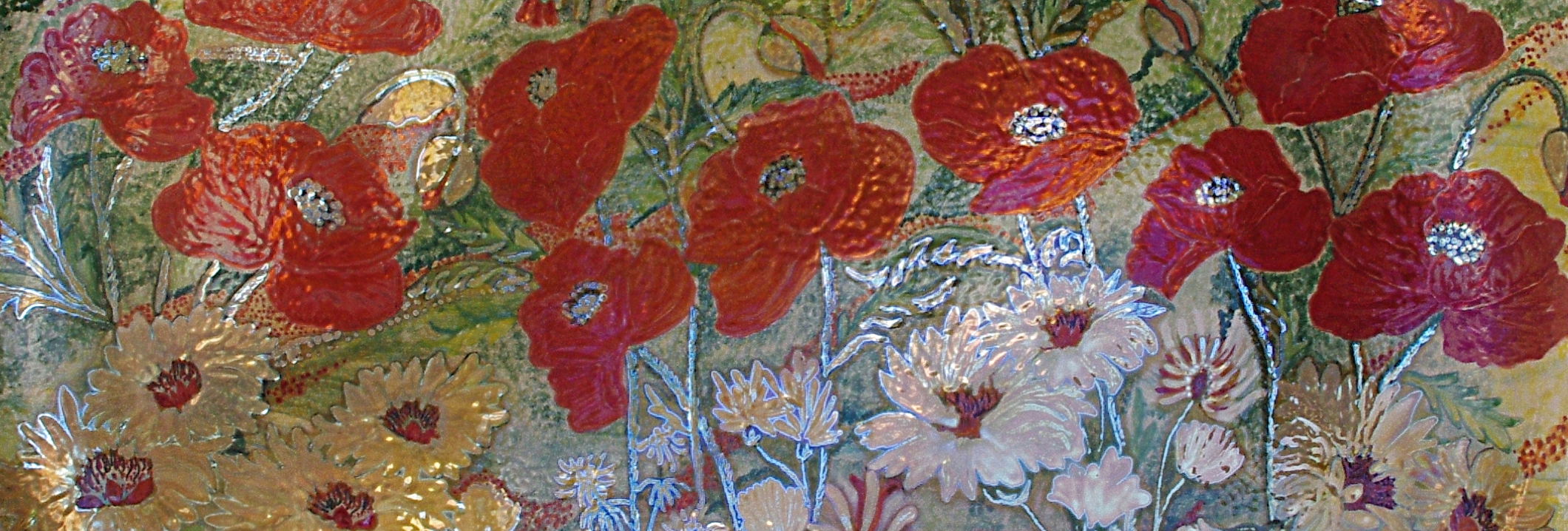The technique of reverberation on the fire furnace, also called luster, preserves in itself a millenary history that starts from afar:  born in the Arab world and reached the heart of Italy, only a few have known reintroduce with authenticity this art of metallic reflections gold and ruby.
born in the Arab world and reached the heart of Italy, only a few have known reintroduce with authenticity this art of metallic reflections gold and ruby.
It was the 9th century in which for the first time the luster glazes were applied on glass with success, obtaining unexpected and surprising effects. Thanks to the quality and beauty of the results, this novelty spread towards the Italian peninsula, passing through the important port of Mallorca. From here the ships left directed towards Italy, and Umbria was a fertile ground for this new art. The technique of lustre took hold and conferred the distinctive imprint of luster shining magnificence to local ceramic production.
It was precisely in Gubbio that Mastro Giorgio became the greatest representative of this art. After various experiments he managed to get surprising results and today his works are exhibited in the main museums all over the world (Louvre, Hermitage S. Petersburg, MIC Faenza, Victoria and Albert Museum London, Metropolitan Museum New York).
 Today, just like then, the cooking technique in the muffle furnace and the reflex color formulas are kept and handed down from father to son.
Today, just like then, the cooking technique in the muffle furnace and the reflex color formulas are kept and handed down from father to son.
An ancient dance of earth and fire skims the surfaces which, enveloped in an iridescent and incandescent atmosphere, capture the senses and fill them with wonder. The wise hearing is attracted by the tinkling that reveals the temperature reached in the furnace. The smell is infused with the alchemy of wood and fumes, the characteristic aroma given off during combustion. Eager hands brush the smooth matter after the unveiling, while the view captures the effects of light, notes of a universal sheet music. Gold and ruby transmit us frequencies of ever-changing light waves, where the iridecent reflection gives back us, at every angle and every brushstroke, a different color between the seven of the iris. A secret hidden between water, air, clay and fire, the simplest elements of nature.
This is our signature.
«Vermögen es in leuchtend reinen Farben gemalte Kunstwerke, unter geeigneten Umständen den Geist des Beschauers in Richtung auf seine Antipoden zu führen. Leuchtende, reine Farben gehören zwar nicht zum generellen Wesen der Schönheit, aber zu einer besonderen Art von Schönheit, nämlich der Schönheit der Vision. [..] Wenn zu diesem natürlichen Zauber gleißenden Metalls und wie von innen heraus leuchtenden Steins noch der Zauber edler Formen und kunstvoll zusammengestellter Farben hinzukommt, haben wir einen echten Talisman vor uns»
A. Huxley




